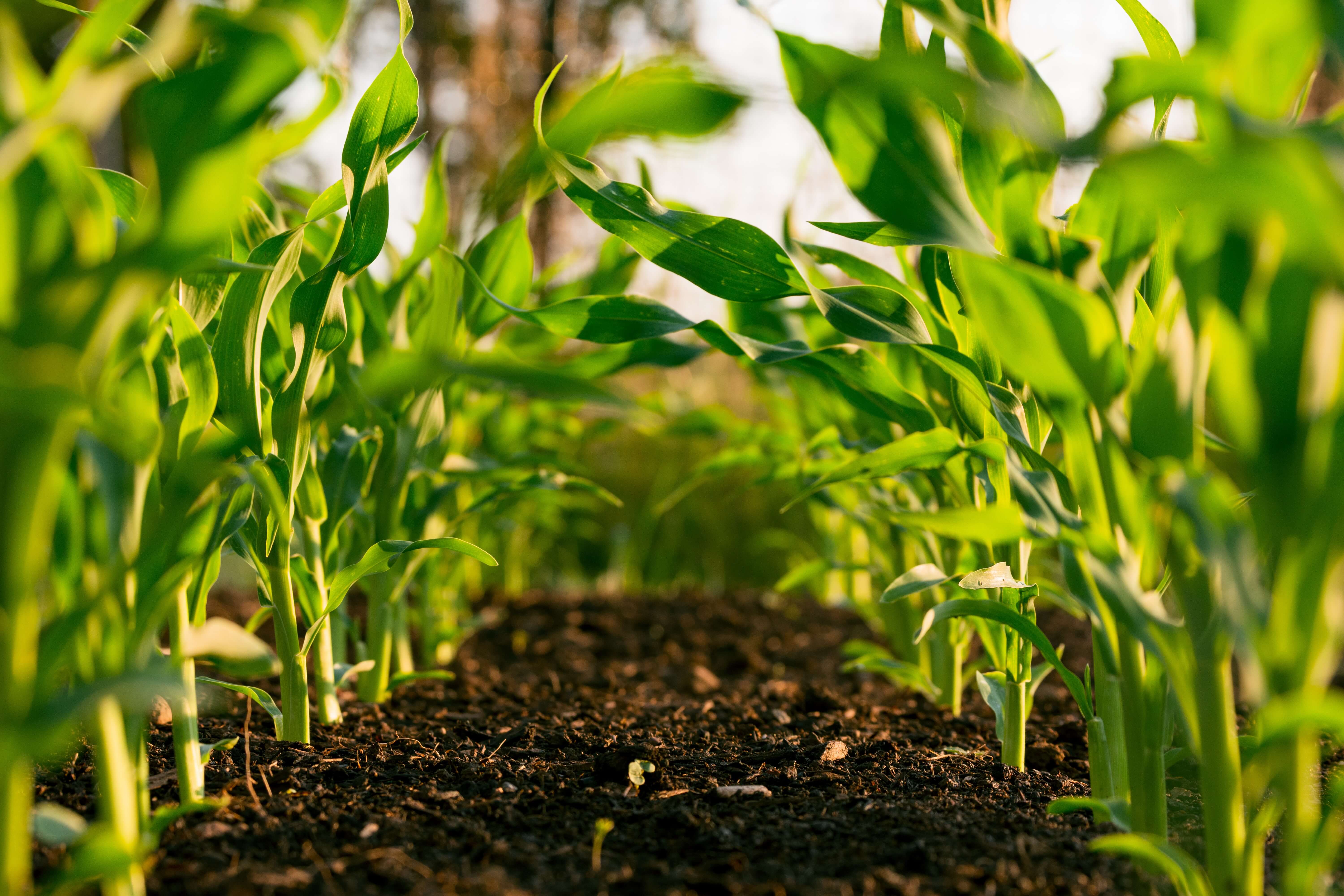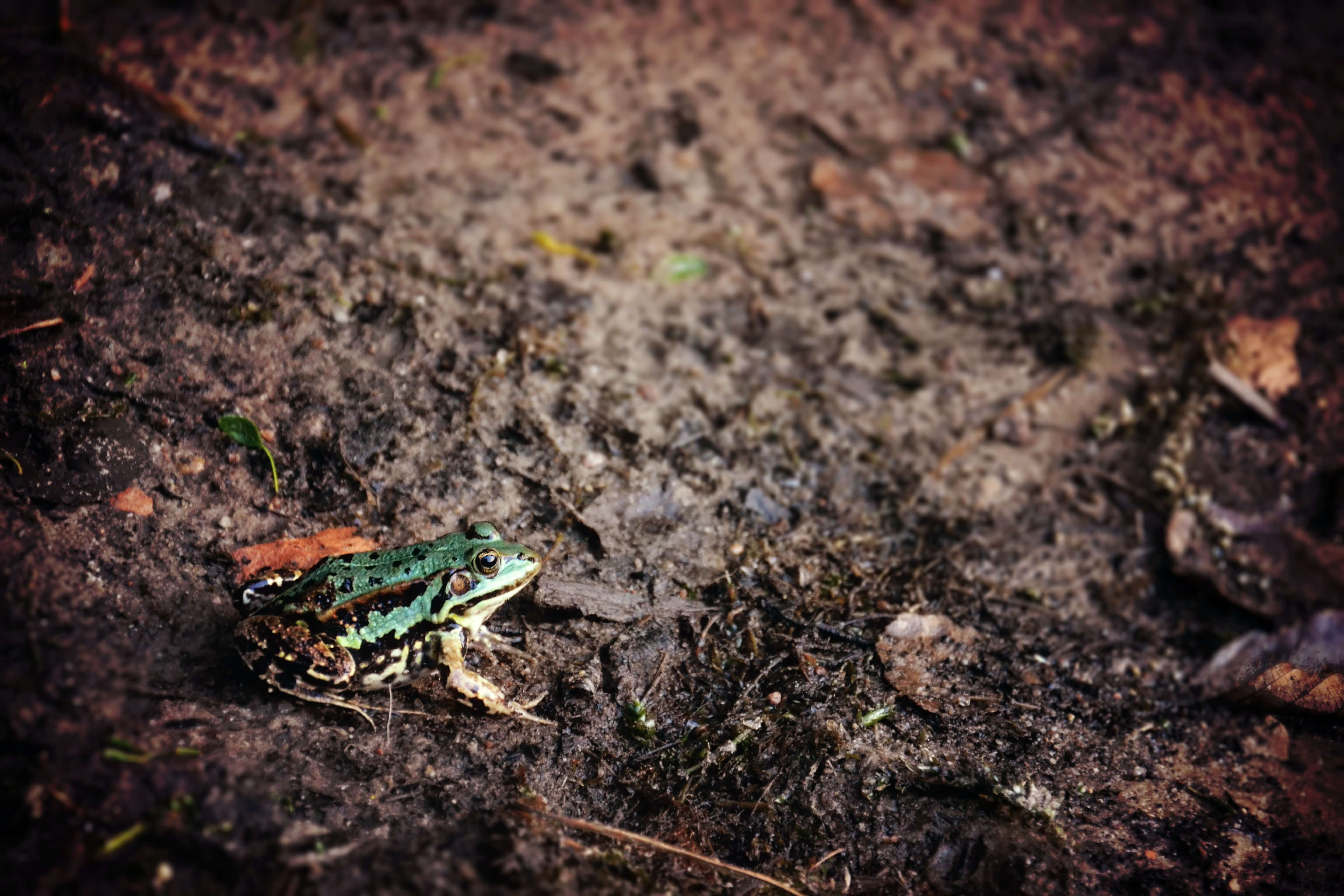Waterlogged Soil on Corn Growth
Introduction:
Waterlogging is when soil becomes oversaturated with water, which causes plant stress. Excessive moisture levels can result in the soil filling with water and depleting the soil's oxygen levels. Waterlogging can occur from over-irrigation, excessive rainfall, and other factors. In this study, researchers wanted to understand the effects of waterlogging on corn growth and development, as well as soil oxygen level.Set Up:
Two corn hybrids, Pioneer P2089VYHR and Agrigold A6659, were grown in two separate studies under ambient sunlight and temperature conditions. A drip irrigation system provided a precise control over soil moisture. Waterlogging was achieved by plugging the drain hole at the bottom of the pots with a wooden peg. Waterlogging durations of 0, 2, 4, 6, 8, 10, 12, and 14 days were imposed at the second leaf growth stage. Apogee's SO-110 soil oxygen sensors were placed into three pots per treatment to continuously monitor the soil oxygen level and temperature. The growth and development information of the corn, as well as the pigment estimation data, were collected 15 days after treatments were imposed, which was 23 days after sowing.Results:
During waterlogging, soil oxygen rapidly decreased until reaching zero in about 8 to 10 days. Oxygen levels recovered to the level of the 0 days (control) treatment within two days after treatment stopped. Whole-plant dry weight declined as the waterlogging duration increased, and after two days of waterlogging, a 44% and 27% decline was observed in experiments 1 and 2. Leaf area and root volume also showed an exponential decay. Leaf number and plant height were the least sensitive measured parameters and decreased linearly in both experiments. Root forks were the most sensitive parameter, declining by 83% and 80% in both experiments after 14 days of waterlogging. During the experimental period of both experiments, the treatments significantly decreased the soil oxygen fraction.Conclusion:
This data improves understanding of how corn plants react to increasing durations of waterlogging. The functional relationships generated from this study could enhance current corn simulation models for field applications.
Image 2. Photo by Steven Weeks; Young corn stalks
Application Summary

Image 1. Photo by Jill Heyer; Wet soil
Summary
Apogee soil oxygen sensors measured the oxygen levels of waterlogged soil to understand the effects of excessive moisture on corn development.
Apogee Sensor Used
Organization
Department of Plant and Soil Sciences at Mississippi State University
Location
Mississippi, USA
Authors
- Charles Hunt Walne
- K. Raja Reddy
Reference Article
